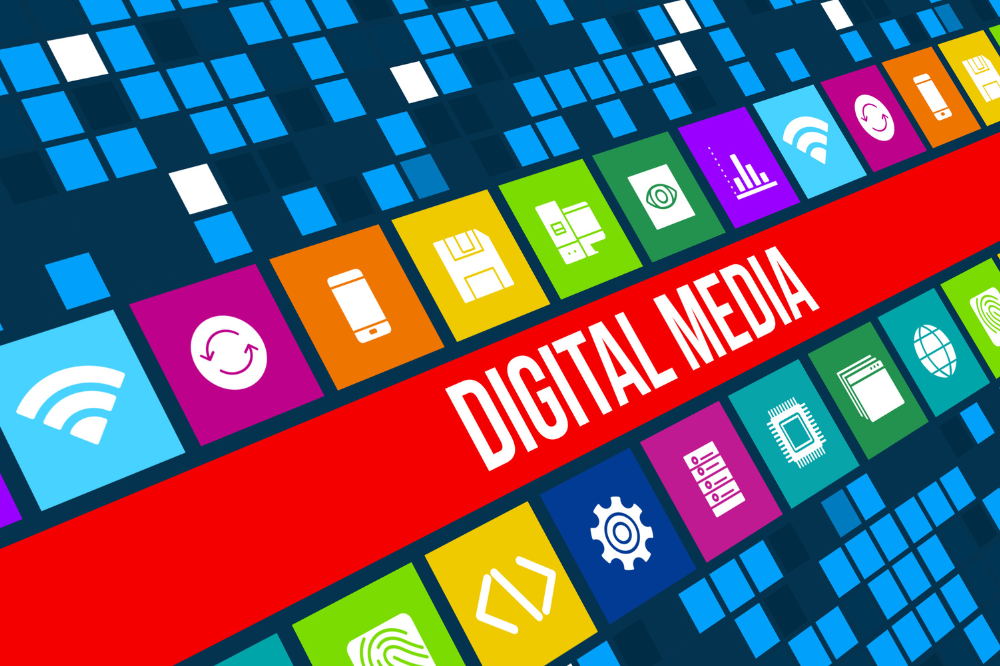The convergence of TV and data over the last 10 years has meant we’ve seen huge technological development across the TV landscape, but it can be hard to stay on top of what is available and how it works, so here is our guide to best practice or our new rules of video advertising.
Rule #1 – use the right platform
Once you have set objectives, measurable KPIs and defined audiences, which platform should you use? Here is an overview of what’s available and their key benefits:
Linear TV
Linear TV is defined as real-time television service that broadcasts scheduled programs, conventionally over the air or through satellite/cable, not streamed to a specific user.
So, these will be all the channels we normally watch on TV, all the main channels from ITV, Channel 4 and Sky, plus smaller, niche channels from specialist sales houses.
The key benefit of linear TV is its reach so you can speak to a wide pool of people about your product. People say things like “no one watches TV any more”, but it’s just not true. TV, in fact, reaches 96% of the population
There are however lots of other benefits:
- TV drives response and generates sales in the short term.
- TV also builds brands, by forging an emotional connection with the viewer, which leads to long term growth.
So if you need to speak to a broad audience with a product that has relatively mass appeal, then Linear TV may well be the best platform to use.
Addressable TV
Addressable TV is TV advertising that is served at a household or a personal level to a specific audience rather than being broadcast to the entire viewing universe of a channel.
An example of this is Sky AdSmart where ads are served through the Sky box (replacing linear TV ads) to an audience that has been pre-defined. The audience is defined as a household level as there are likely to be multiple people within the household watching and there are over 1,200 criteria you can use to define your audience.
The main benefit of Addressable TV is that you can use data to target precisely and therefore reduce wastage. That turns the whole notion of needing to achieve broad reach with TV on its head, because you can achieve a really high level of reach of your defined audience with Addressable TV, with no wastage.
Digital Channels
Video can be distributed across a wide range of social channels such as YouTube, Facebook and Instagram, and it is often here that advertisers take their first steps into the world of video.
The real benefit of these channels is how you can leverage 1st party data to customer match and find lookalikes.
You can retarget visitors from your site with video on social channels for example, or prospect for people with similar interests to, or who are demographically similar to, the converters on your site.
And whilst historically video across social has been used primarily for building awareness or driving engagement, there are now new formats, such as YouTube for Action, which enables the viewer to see the video ad and then be shown ways to respond immediately.
The ability to combine the creative impact of video with the targeting capabilities and trackability of digital makes digital channels a really attractive prospect for many advertisers.
Connected TV
When people are watching high-quality content through apps on their smart TV such as Netflix or iPlayer, you cannot target them with TV ads as there are no ad breaks.
You can, however, serve online ads on devices which are tethered to the same IP address as the smart TV.
The technology in the TV uses visual recognition software to understand what people are watching and cookie data allows you to understand who is dual-screening and then serve relevant ads programmatically on their devices.
So, if you want to reach an upmarket demographic who are light consumers of commercial TV, but consume premium content through iPlayer for example, then connected TV may be a good solution.
Rule #2 – use the right optimisation tools to drive growth for your business more quickly
We know that ¾ of adults dual screen which means the vast majority of response from TV goes online. We can track the online response and use the data to optimise the schedule to do more of what works and maximise the efficiency of spend.
To do this, we use an attribution platform called Adalyser which works like this:
- A pixel is place on the advertiser’s site which establishes a baseline of web traffic. The airtime schedule is then uploaded to Adalyser so it knows when spots are airing.
- An attribution window is set (eg 5 minutes) and Adalyser measures incremental site traffic and online conversion within the window.
- That enables you to understand which channels, programmes and dayparts are really driving conversion within the attribution window.
- Then you do more of what is working and less of what isn’t working, optimising your spend to help reduce your CPA.
We know that TV drives uplift across all channels, so when you are running activity across digital channels and getting one report from Facebook and another from paid search, how do you ensure you de-duplicate conversions to understand the role each plays?
We recommend using floodlight tracking with Google Campaign Manager which gives a holistic view of results and allows for greater optimisation.
So those are the key tools, but why is it so important to use them?
Because by testing and learning on an ongoing basis and by understanding more quickly what is working and doing more if it, you can drive growth for your business more rapidly.
To summarise then, our 2 key rules for tv and video advertising are:
- Choosing the right platform to achieve your objectives
- Using the right tools to measure your success and optimise for growth.
At Edit, we are uniquely placed to navigate the TV landscape owing to our focus on data and technology.
If you’d like a free audit of your current video strategy and recommendations on how it could be improved, then please contact: Clare Arndell






